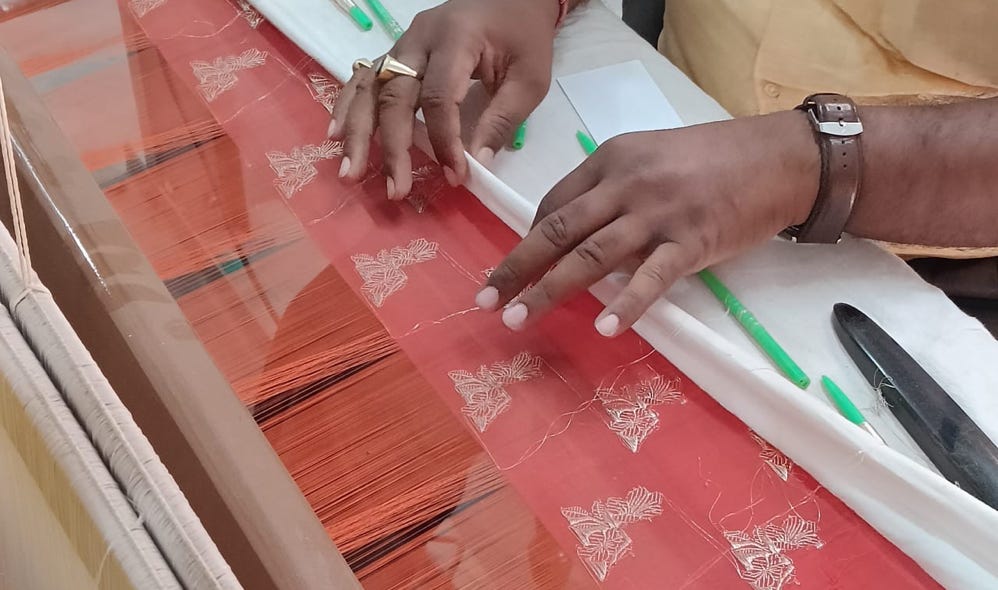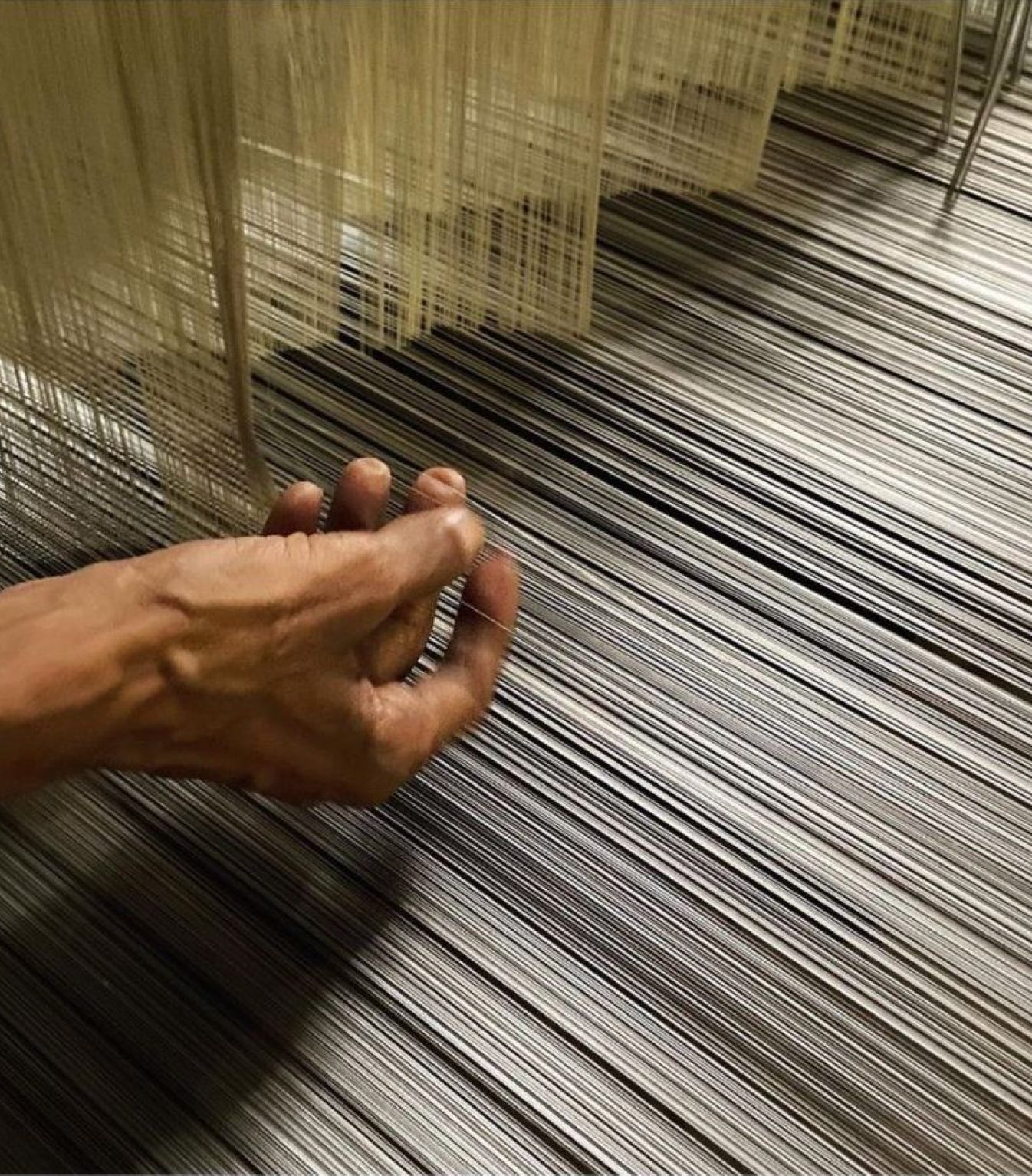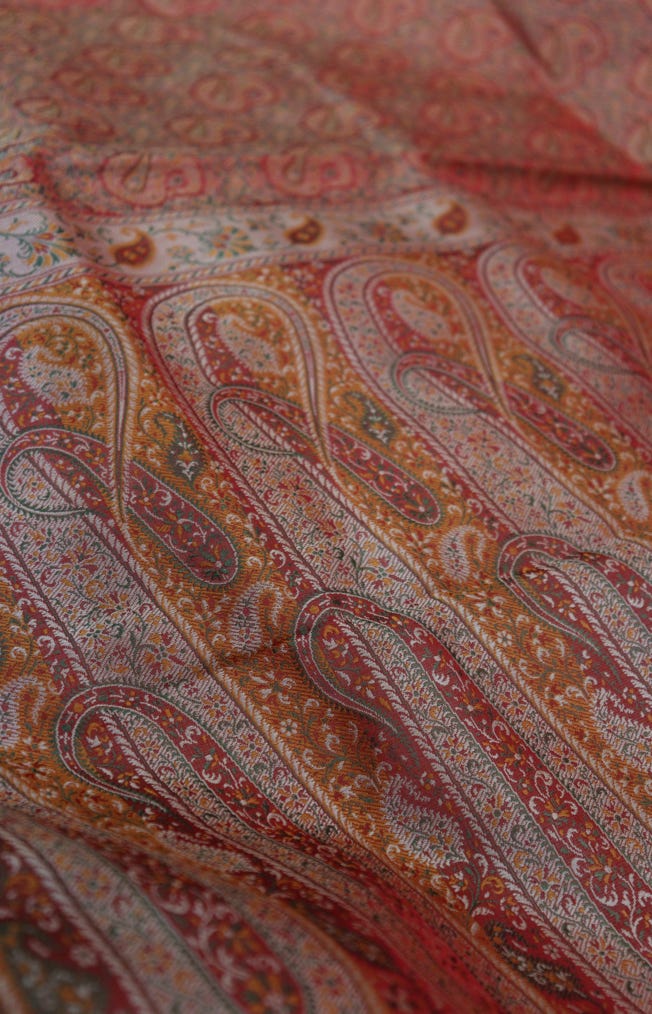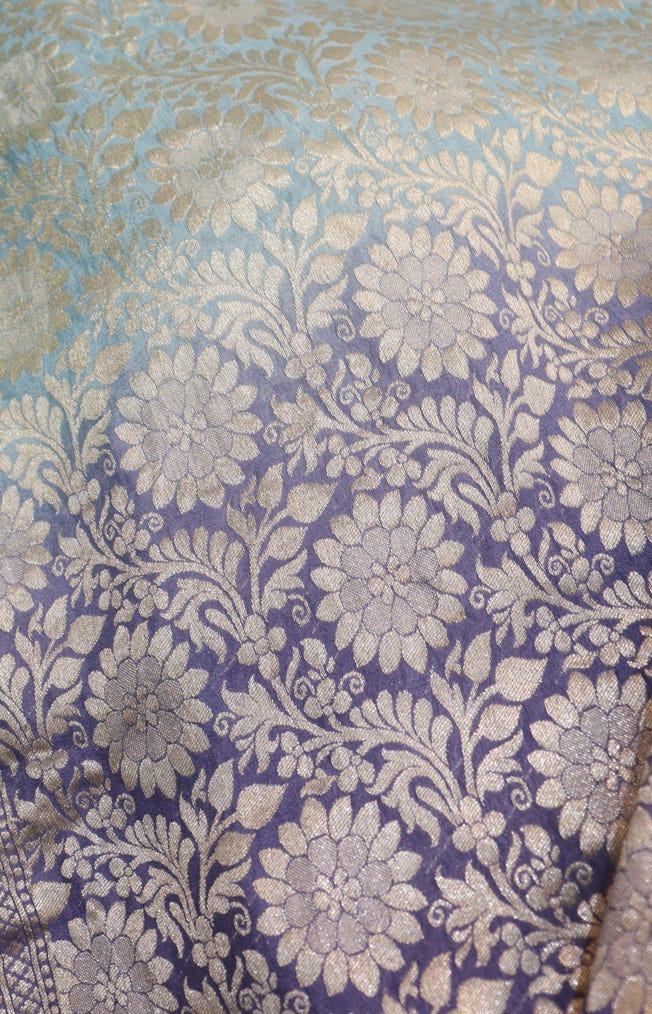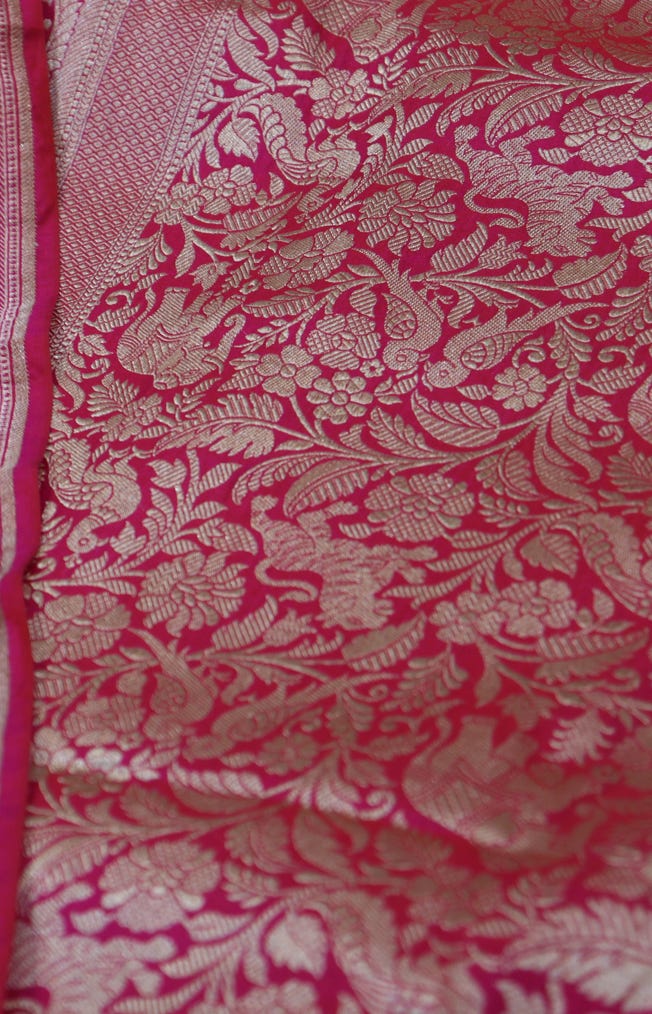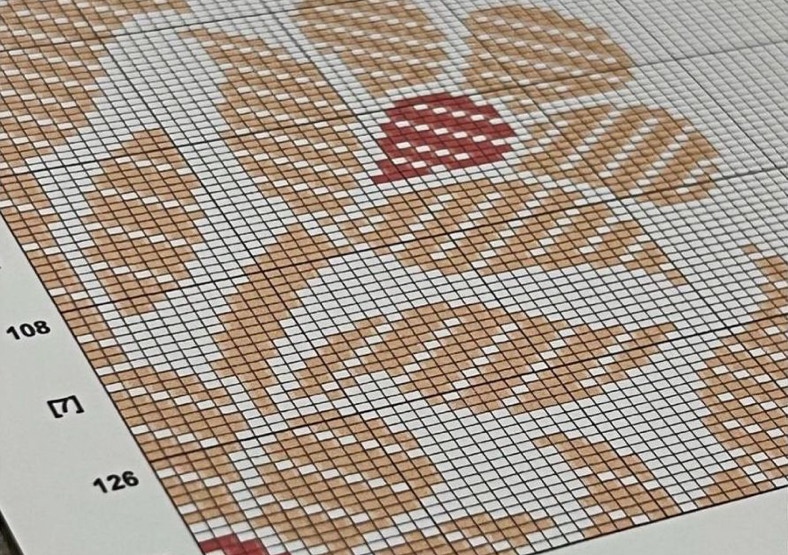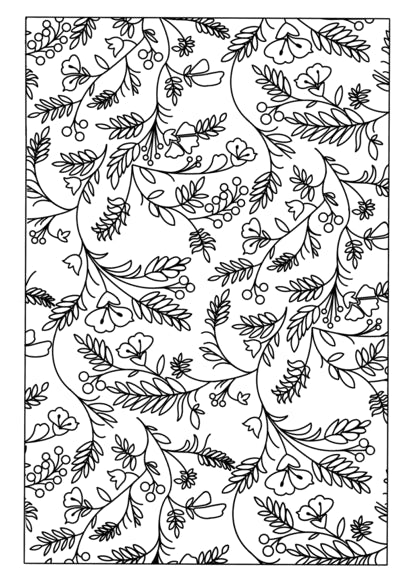Sustainability improvements in Banarasi textiles are crucial for safeguarding this cherished tradition while mitigating its environmental impact and advocating ethical practices. Transitioning to organic silk or cotton yarns and using natural dyes derived from plants can significantly reduce the environmental footprint of Banarasi textiles. Organic materials, cultivated without synthetic pesticides or fertilizers, are not only safer for the environment but also promote the well-being of artisans and consumers.
Implementing water-saving technologies and practices during the dyeing and finishing processes can minimize water consumption and pollution. Waste reduction strategies such as reusing fabric scraps, recycling packaging materials, and adopting closed-loop production systems can effectively minimize waste generation and foster circularity in the supply chain.
Ensuring fair wages, safe working conditions, and equitable opportunities for artisans are integral aspects of sustainable Banarasi textile production. Supporting fair trade organizations and certifications helps ensure that artisans receive fair compensation for their work and that social and environmental standards are upheld throughout the supply chain.

